Name: Ivory Gull, Goéland Sénateur, Mouette Blanche, Gaviota Marfil (Pagophila eburnea)
Length: 40-45 cm
Weight: 450-700 grams
Location: The Arctic
Conservation status: Near Threatened
Diet: Crustaceans, rodents, fish, bird eggs and chicks, carrion
Appearance: White with a blue bill tipped in yellow, and black legs
How do Ivory Gulls feed?
Ivory Gulls hunt by hovering and plunging into water to catch fish. They are also scavengers, known to follow Polar Bears for scraps and even consume placentas and fecal matter of Seals and Polar Bears.
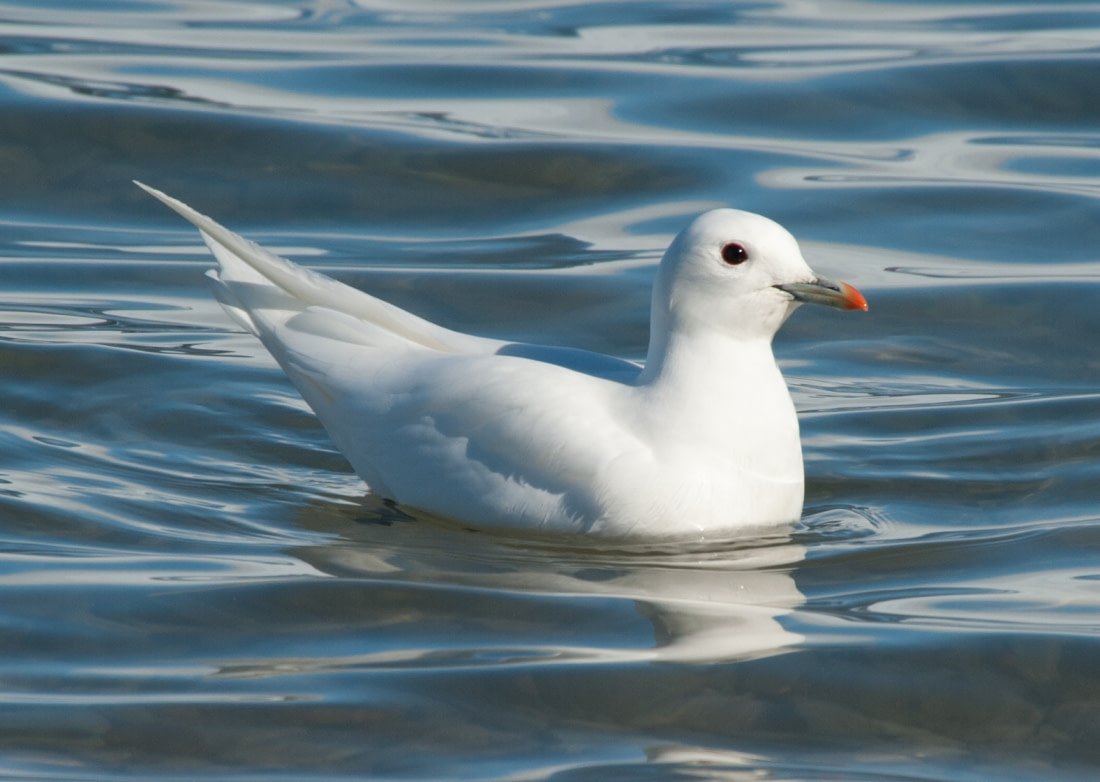
Are Ivory Gulls social?
Ivory Gulls nest in colonies, with the largest colony in Russia, hosting about 4,500 breeding pairs.
What are Ivory Gulls' birthing rituals like?
Ivory Gulls breed from late June to August in colonies of 5 to 60 pairs. They build nests from various materials like algae, feathers, and seaweed, often placing them on gravel banks, cliff edges, or stone ridges near ice caps. Females lay 1 to 3 brown or olive-colored eggs, which are incubated for around 25 days by both parents. Chicks are born with white feathers and black spots, becoming pure white by their second year.
How many Ivory Gulls are there today?
As of 2012, Birdlife International estimated the global population to be between 19,000 and 27,000 birds. Breakdown by region:
- Russia: 2,500-10,000
- Severnaya Zemlya Archipelago: 4,000
- Franz Josef Land and Victoria Island: 8,000
- Greenland: 4,000
- Canada: 500-700

Do Ivory Gulls have any natural predators?
Ivory Gulls are preyed upon by Polar Bears, other birds targeting their young and eggs, and Arctic Foxes. Moose also occasionally disturb their nests.
7 Interesting Ivory Gull Facts
- Pagophila means “Lover of sea ice” and Eburnea means “Ivory-colored.”
- They are pellet-casters, like some Owls, regurgitating pellets of bones and fur.
- Among the northernmost living birds on Earth.
- Move south only enough to avoid Arctic winter darkness.
- Studying them is challenging due to their remote habitats across multiple countries.
- The Canadian population has declined by up to 85% since the 1980s.
- They have the highest concentrations of PCBs and DDTs in their eggs among birds.



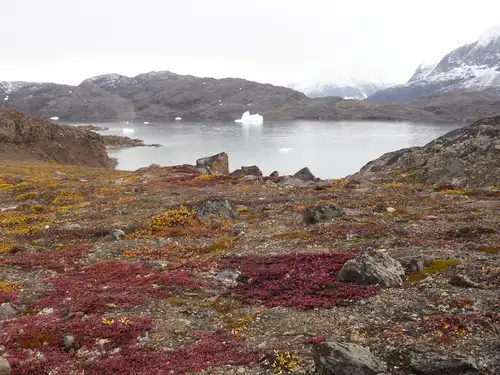
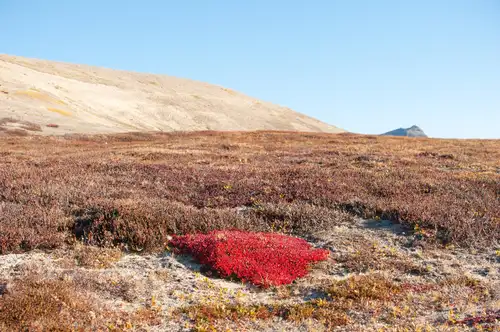

Related Trips


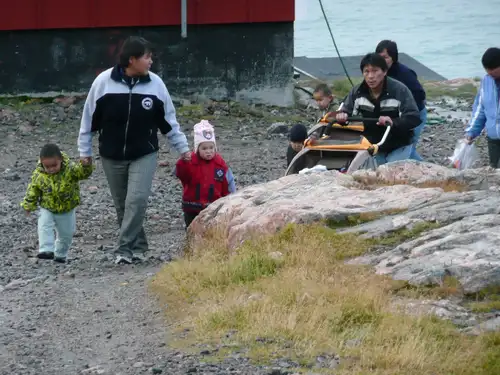
Greenlandic Inuit Beliefs
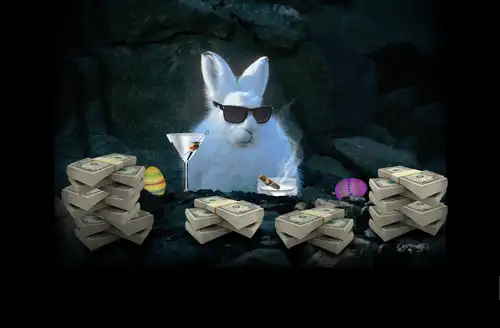
The Arctic Hare: Easter Bunny
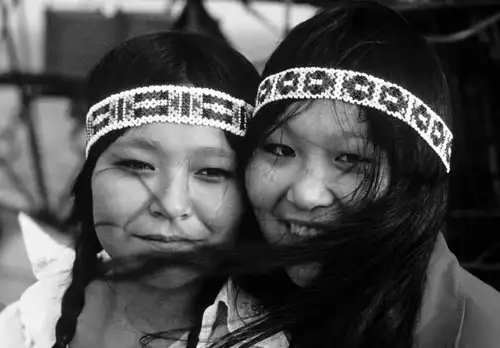
Traditional Lifestyles of the Inuit

Under the Greenland Ice Sheet

Not Eskimos: 10 Enlightening Facts About the Inuit

The bowhead whale, whaling about the Arctic

Greenland: East vs. West

Ice streams and lakes under the Greenland Ice Sheet

Greenland's History: When Vikings Ruled the Ice Age
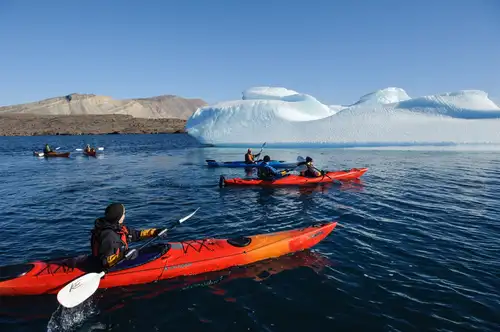
Greenland: Where the Kayak Was Invented
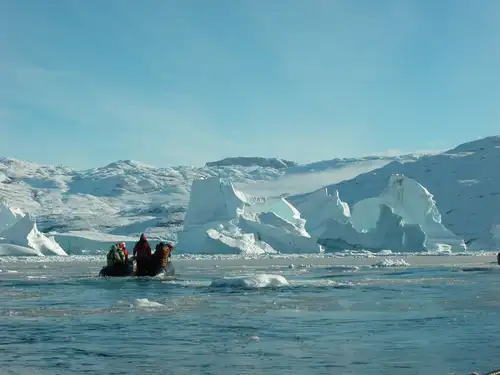
Discover the Scoresby Sund Fjord System in East Greenland

The World Is Changing for Greenland's Native Inuit People
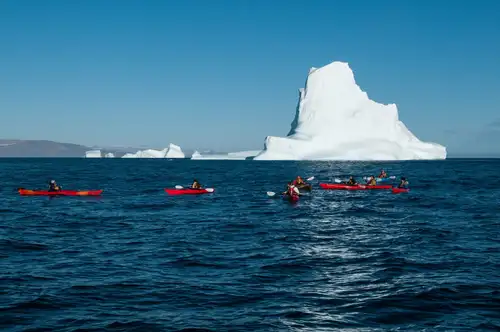
Kayaking In Greenland
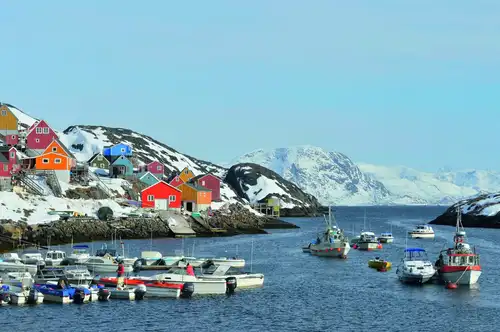
Amazing Greenland
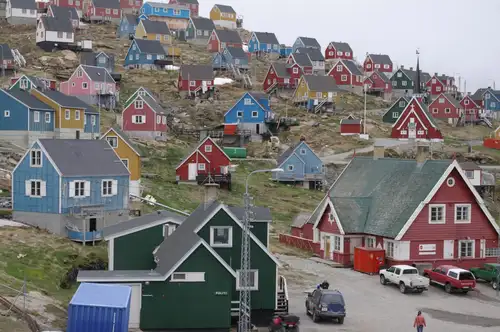
10 Traits of Post-Ice-Age Greenland
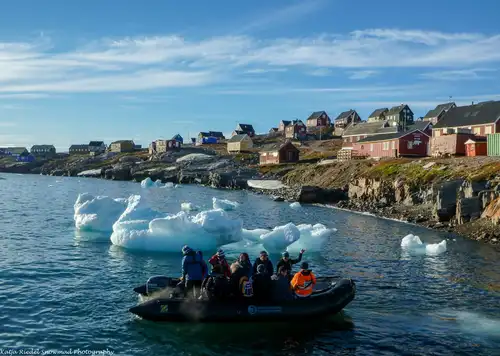
Scoresby Sund: the Greatest Greenland Adventure

5 Misconceptions You Might Have About Greenland

How and When Did Greenland Become Covered in Ice?

Why You Should Visit Greenland: 11 Things to See, Do, and Explore
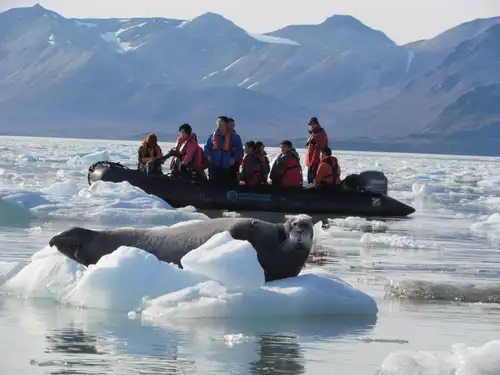



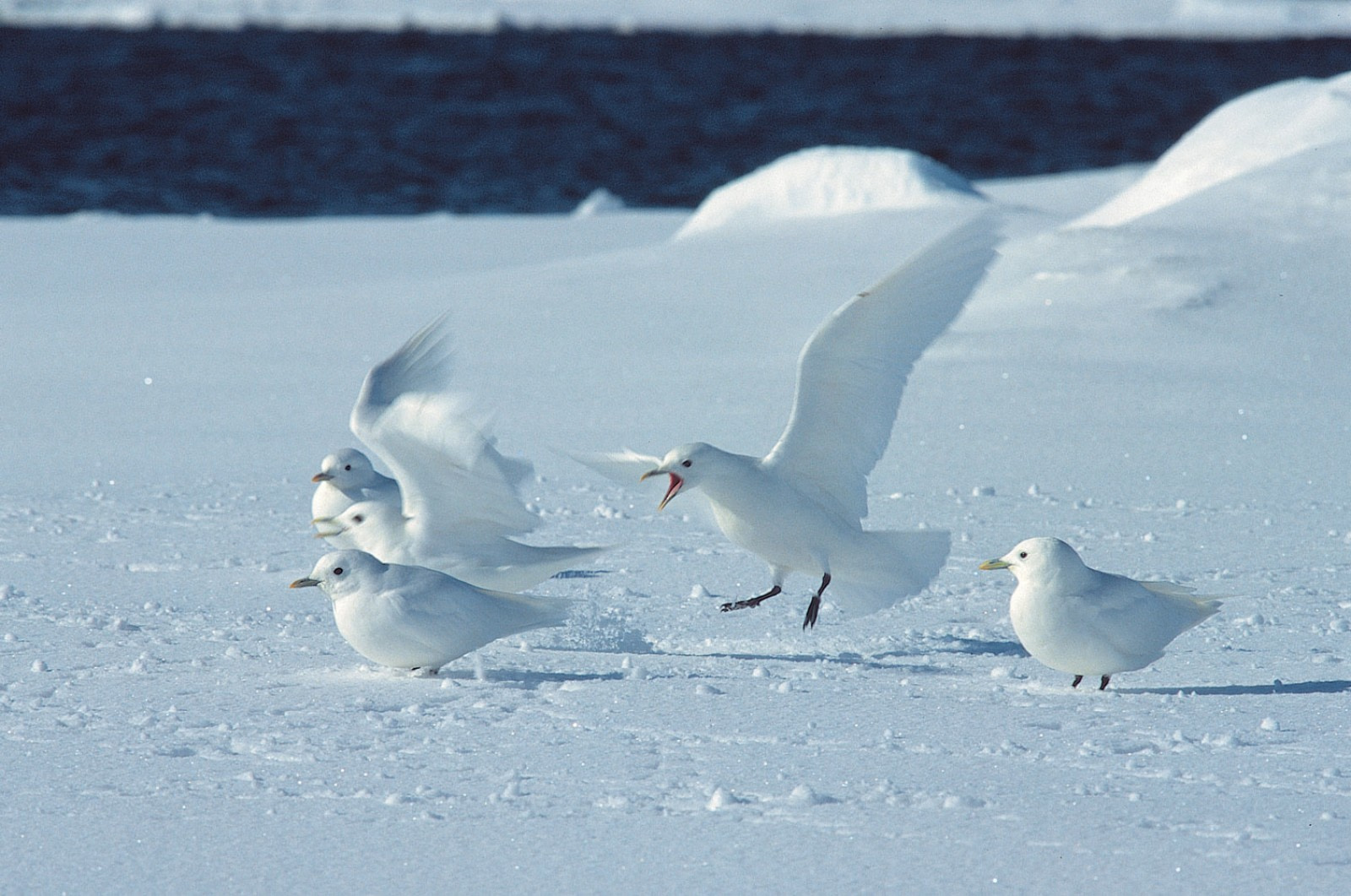

 21 Days / 20 Nights
21 Days / 20 Nights






